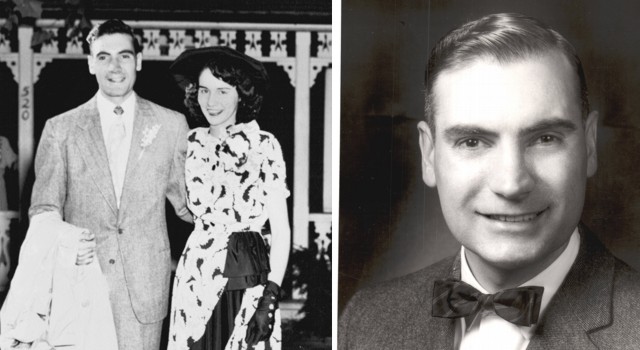 As a part of our firm culture, we celebrate a few unique holidays here at Marotta Wealth Management. One of those holidays is October 6, which we call Founder’s Day. Even though our specific firm was technically founded over the summer of 2000, we celebrate Founder’s Day on the birthday of my grandfather George Marotta, also known as “Papa” to me and “Grand-Papa” to my daughter.
As a part of our firm culture, we celebrate a few unique holidays here at Marotta Wealth Management. One of those holidays is October 6, which we call Founder’s Day. Even though our specific firm was technically founded over the summer of 2000, we celebrate Founder’s Day on the birthday of my grandfather George Marotta, also known as “Papa” to me and “Grand-Papa” to my daughter.
George Marotta brought financial planning to the Marotta family. On his birthday, we celebrate the life, joy, and wealth of that decision. We usually celebrate by gathering as a team all around one big table. Then, we eat lunch and reminisce about our firm history. Like a snowball, we start with memories the most veteran employees have. As we move towards the present, even the newest among us are able to join in with their memories, celebrating what has come to pass.
With many of our team now working remotely, I decided to write this series celebrating my grandfather and his life. This is the third part. You can find the series here.
June A. Mortlock is Fiancee to Former Intelligence Man
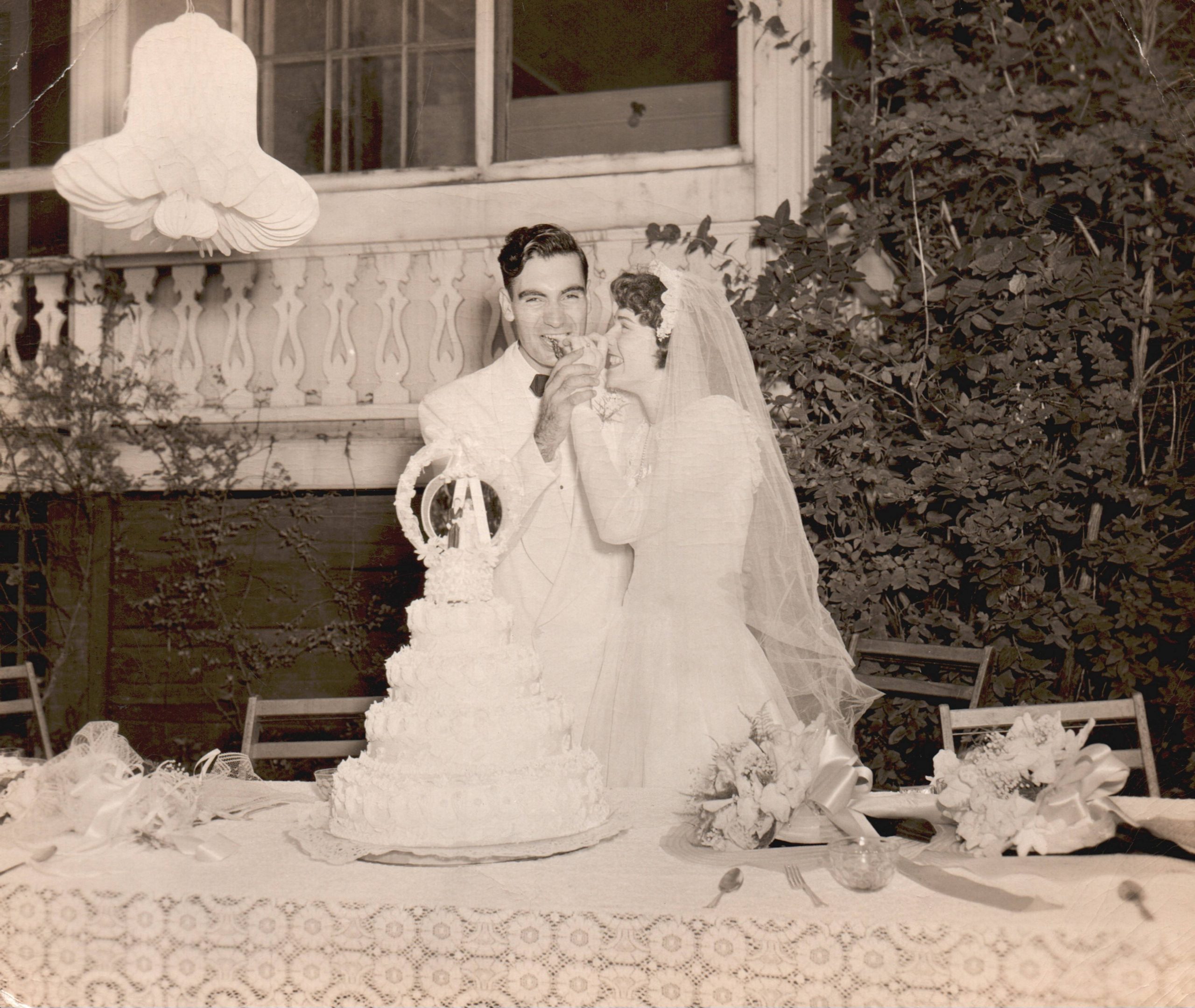
While my grandfather was serving in World World 2, he kept in contact with June Mortlock. The two were good friends with hopes of getting married. In December of 1945, the first Christmas he was abroad, George coordinated with his sister-in-law Clara to buy and wrap a watch as a Christmas present for June.
His war service was from January 1945 until January 1947, and it wasn’t a certainty that June would wait for him to return. My grandfather recalls, “June’s brother Robert liked me and did his best to chase away other boys who were trying to court her affection.”
Thanks to the G.I. Bill, the rest of his tuition was paid at Syracuse University after he returned home, so he could finish his studies. However, he was two years behind June and his former class freshman.
In 1947, halfway through June’s senior year, George proposed marriage. He tells the story to my father as, “It was sort of late in the evening, and I was down at her home in Ardsley. Her mother and father had gone to bed, and we were up late. I finally took out the ring and asked her to marry me. She got all excited and went in and woke up her parents. And I forgot, Grandpa said something like, ‘Okay, okay. Let me get back to sleep.’ It was something very familiar. They knew it was going to happen, so it wasn’t a big deal.”
Her parents wrote up an engagement announcement which appeared in the October 28, 1947 Herald Statesman under the title “June A. Mortlock is Fiancee to Former Intelligence Man.” It read:
Mr. and Mrs. Donald R. Mortlock of 20 Nepperhan Street, Ardsley, have announced the engagement of their daughter, Miss June Alison Mortlock, to George R. Marotta, son of Mr. and Mrs. Joseph P. Marotta of Albany. Miss Mortlock, a senior at Syracuse University, was graduated from Roosevelt High School. Her father is Cub Master of Cub Pack 14, Sherwood Park, and directed the Yonkers Council Cubbers training courses in 1945 and ’46. Miss Mortlock’s grandfather is the Rev. Bertram J. Mortlock, vicar of St. Mark’s Protestant Episcopal Church. Mr. Marotta joined the Army during his first year at Syracuse University and served two years in the Pacific with the Army Counter Intelligence and the War Trials Commission in Tokyo. He returned to studies at Syracuse last January.
June graduated in June 1948. Her resume says that her degree was a bachelors of arts in History with a minor in Sociology. However, most of the family remembers her being a dual major in Russian History and Journalism because of the classes she enjoyed.
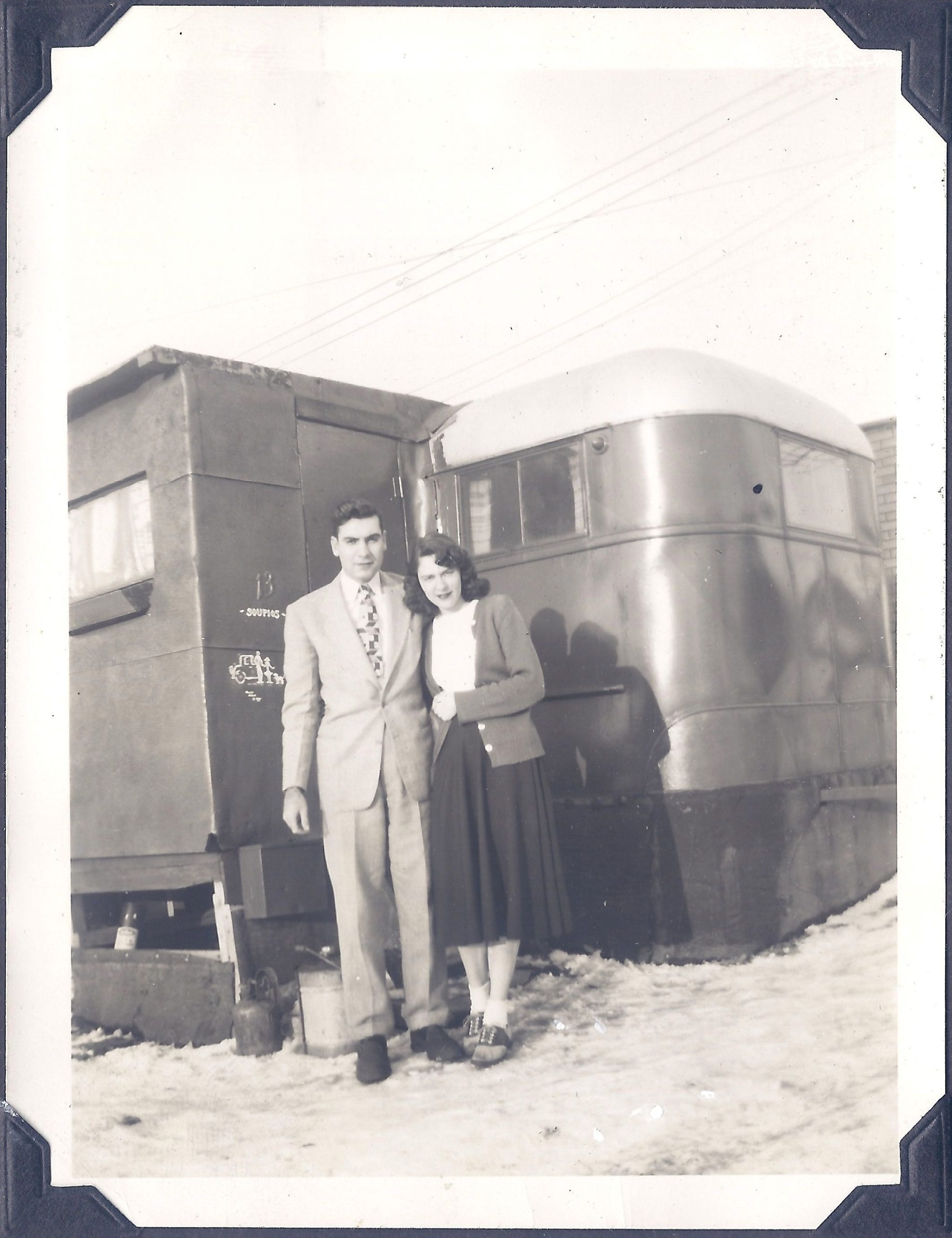
A month after her graduation in August 1948, George and June got married. After the honeymoon, they moved into a community rental house where each room had a different couple. In the house, they had one sink, a shelf, and an ice box to themselves but shared a communal bathroom down the hall.
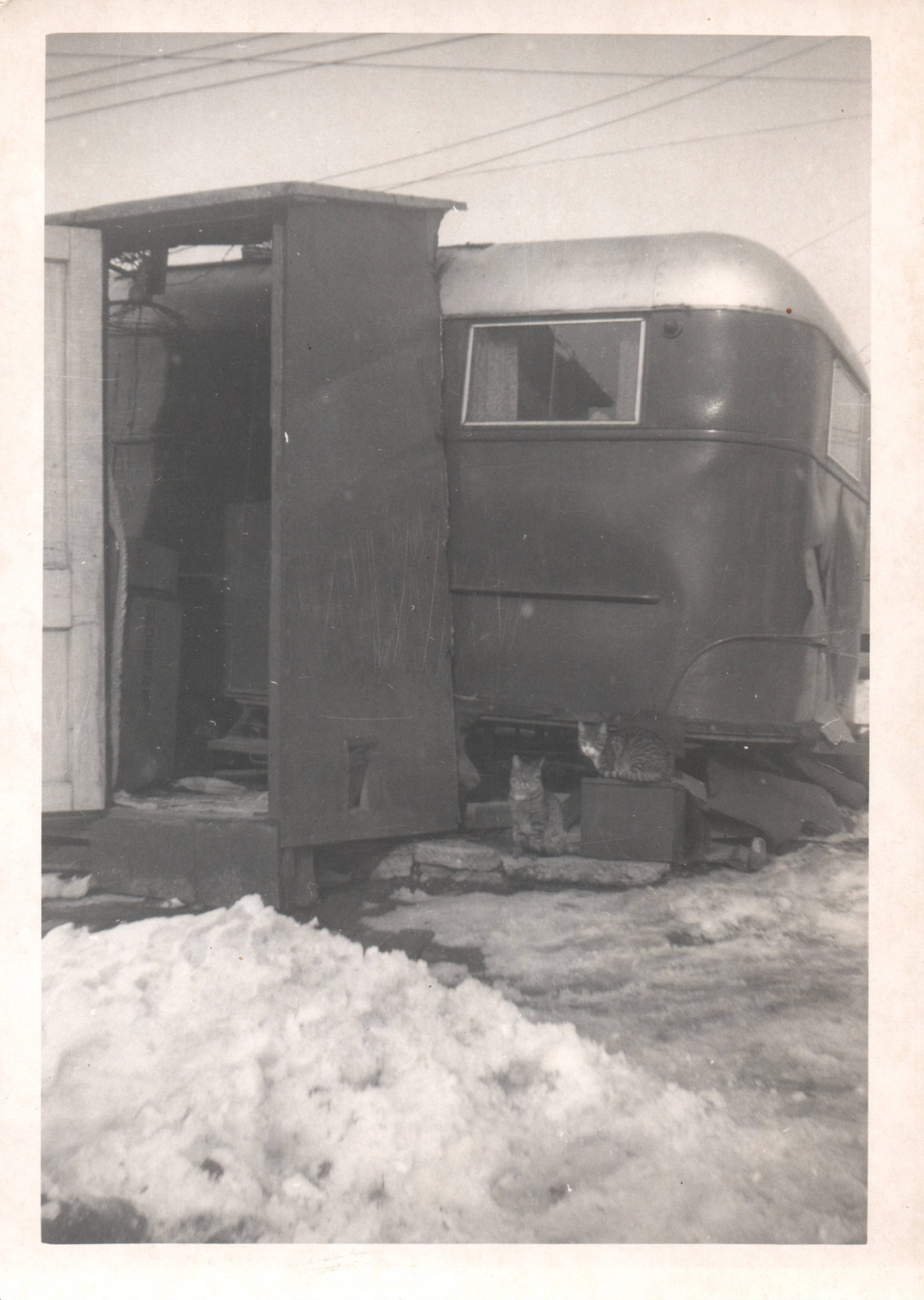
Then, while George finished his final three years of studies, the newlyweds moved into a trailer park run by the University. The rent was more expensive than their community house, a steep $25 per month, but the space was all theirs.
It had running water but no bathroom. They had to go across the street for a shower or for the bathroom.
Their trailer was near a golf course and consisted of one room with the kitchen at one end and a convertible daybed at the other. George remembers that it was located within an apple orchard and always stunk of cider.
They had one car. In the morning, June would drop George off on campus before going to work. Then in the evening, George carpooled home with other people who lived in the trailer camp.
During this time, June worked for a couple of commercial companies in Syracuse, New York. Her resume says, “Cashier and Bookkeeper, Syracuse (NY) Buick and Crouse Hinds, 1948-51.”
George graduated from Syracuse University in June 1950 with a bachelors of arts in Political Science. He then stayed on another year for a masters. In 1951, he received a MA in public administration from the Maxwell Graduate School of Citizenship and Public Affairs at Syracuse University.
The Maxwell Graduate School of Citizenship and Public Affairs at Syracuse University was a 12-month program taught one course at a time so the professors could continue their work as actual government officials. In lieu of a thesis, every course was audited and graded by a writing professor. My grandfather remembers some of the courses were management, budgeting, statistics, law, and economics. The degree allowed him to easily pass the federal government’s written and oral exam, a prerequisite for employment.
Public Service
After graduating from Syracuse with his Masters, George received 10 job offers from the US Government and decided to accept a job in the Department of State. George’s first salary was $3,000 per year. They moved to Takoma Park, Maryland so that George could commute into work at the State Department Building.
Even after all these years, my grandfather remembers the commute: pick up the trolley car to ride to Pennsylvania Avenue and 14th Street near the Old Post Office Building and walk to 21st Street and the State Department Building. It took an hour to get to work and he would read the Washington Post along the ride.
To get administrative experience, the State Department liked to move their new employees around, so George traveled a lot and June came with him.
My grandmother’s resume lists England, Germany, Italy, France, Switzerland, Austria, Puerto Rico, and Colombia as notable travel locations.
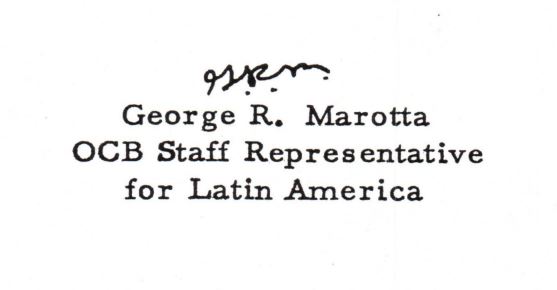
Within four months, George was in Paris, France with the U.S. Delegation to the Sixth United Nations’ General Assembly meeting (1951-1952). He served on the public affairs part of the U.S. Delegation. His personal highlight of that job was covering a speech that Eleanor Roosevelt helped author on the Universal Declaration of Human Rights, a declaration which was passed during the earlier 1948 convention.
My grandfather recalls a funny story from June’s arrival in Paris. George arrived first and was staying in the rooms the state department had rented. They were renting rooms in the 17th arrondissement in Paris. George stayed with Roger Worth from the famous dress designer and perfume family.
June was supposed to arrive later so they could visit and do sight seeing. Once she arrived, they were moving their accommodations to the Astoria Hotel Building. Only, June’s train was late to the airport and she ended up getting a different flight. When she arrived in Paris at the later time, she spoke with the telephone operator to try and call the right house. There were three families with the last name of Worth and she made her way down the list. Finally, Roger Worth answered the phone and when June asked where George was, Roger said, “Oh! He did live here, but he moved to the hotel with his wife!”
June replied, “I am his wife!” and Roger laughed for a long time at his mistake before telling her which hotel George was at.
After that job, during the eight years of the Eisenhower administration (1953-1961), George served on the National Security Council staff coordinating the implementation of U.S. foreign policy. Through this job, he worked on the Middle East, Africa, and Latin America. While this included traveling to 9 different South American nations in 5 weeks to survey the U.S. embassies in South American countries, most of the job could be done from the states.
He remembers sitting in on the planning board where he heard debates between the State department and CIA representatives. He also sat in on meetings with Allen Dulles, the first civilian director of central intelligence, where Dulles summarized his talks with foreign potentates.
Peace Corps
In January 1961, Kennedy abolished my grandfather’s department of the National Security Council.
My grandfather recalls this as, “I had worked for eight years (both Eisenhower terms) on the staff of the National Security Council. Ike wanted to be sure that policies he approved were implemented and well-coordinated within government. That was my role for certain geographic areas (first Middle East, then Africa and finally South America). When Kennedy came in he abolished the ‘operations coordinating’ function and replaced it with a very informal device which became known as BOGSAT (bunch of guys sitting around table). Kennedy’s first action was to take a well-devised plan by Ike to help Cubanos retake their country from Castro and so water it down that ‘the Bay of Pigs’ action was a horrible failure.”
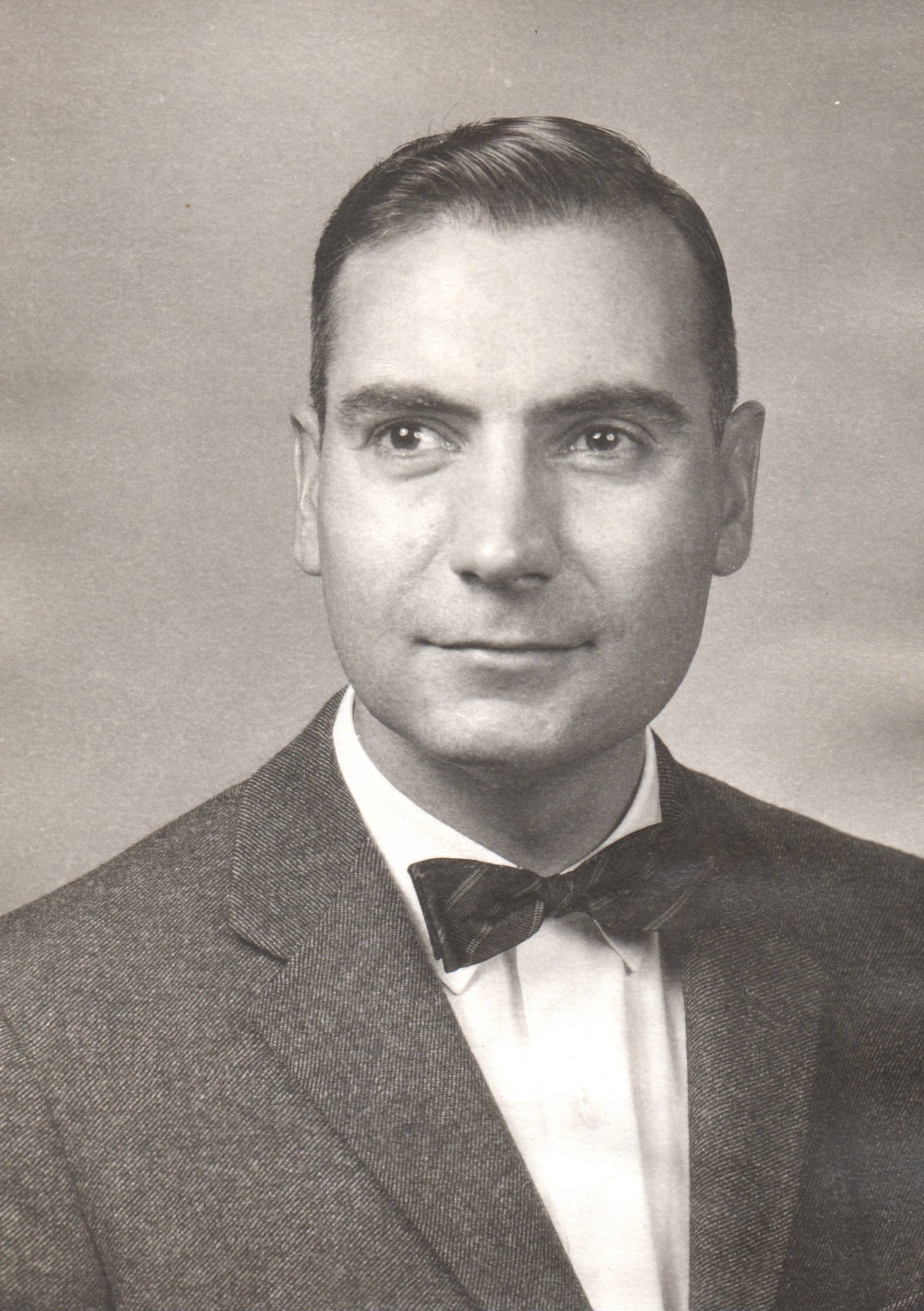
With his job abolished by Presidential action, Al Toner, a friend of George’s, mentioned that he was helping Sargeant Shriver (brother-in-law to the President) with a new project and invited my grandfather to join that action. From that lead, George was hired by Shriver to help set up the Peace Corps (called Youth Corps in the beginning). While my grandfather’s name doesn’t appear in the history books, he was one of the first seven people hired for the job.
In the beginning, they were just a bunch of people trying to implement an idea. They would eventually need Congressional legislation and government funding to start the program, but their first task was to define objectives. To this end, my grandfather consulted with other organizations such as small private volunteer organizations that had already done similar work. During this early preparation stage, the President issued an Executive Order to make their work legal and give them some money to get started. President Kennedy signed that executive order establishing the Peace Corps on March 1, 1961 and three days later, Sargent Shriver was appointed its first director.
My grandfather’s role was assistant to Shriver or “Sarge” as he liked to be called. My grandfather did whatever Sarge needed. He worked with the Peace Corps from 1961 to 1963. His first job was answering the mountain of mail that came in from the public asking how the program would work.
The Peace Corp was created to do three goals: help, teach our values, and learn about foreign ways. The team wanted to help foreign countries get the technical help needed to advance their economy and society. They wanted to create a safe space to share values with foreign countries. And they wanted to create a safe space to learn about the way of life for foreign peoples.
At the time, the U.S. government was 16 years into the Cold War with the Soviet Union and was spending lots of money on the military. At the same time, communism seemed to be spreading like wildfire with North Korea attacking South Korea in 1960. The Eisenhower administration had emphasized mostly military solutions to these world problems. However, along came a young, charismatic leader in JFK who challenged the youth of America to take up the ideological battle against the flawed doctrine of communism.
Once the program was established, my grandfather helped set up the training programs which were given at US colleges and universities. These trained the volunteers to do the job they were asked to do overseas. Many jobs were simply teaching English as a second language in foreign schools. However, in addition the volunteers were supposed to mingle with the general population, help to do volunteer work, and be a goodwill Ambassador for the United States. Volunteers were instructed to be original and to try to think of ways to “make a difference.”
Compared to other foreign and military aid, the Peace Corps is not very expensive. Volunteers are given room and board, sometimes by the local people, and are paid a monthly stipend. Other government programs suffer from bureaucratic hardening with long serving employees, but the Peace Corps had the innovative idea of a five year employee tenure to make sure that fresh minds were always used to run the program.
Shriver was “a young, tall, charismatic figure who had fair smarts but was a very impractical and idealistic liberal who was always going off in wild tangents within a very orderly bureaucratic system.” My grandfather remembers, “Among the first seven was a young, seminary-trained Bill Moyers who was from Texas and had been LBJ’s press secretary. When Shriver would go off the deep end on his endless unrealistic ideas and directions, only Moyers seemed to be able to reach him and get him ‘back on track.'”
The gang was idealistic. My grandfather recalls that, “There was such an espirit de corps in the Peace Corps that some actually thought we could abolish the Defense and State Department.”
My grandfather remembers the first 3 projects of the Peace Corps as:
- Sending agriculture extension workers to the Punjab region of India,
- Social and nurse workers to Central America, and
- Road engineers to Tanganyika (now Tanzania) in Africa.
Other projects included the fields of health, education, and refugee rehabilitation in Tanzania, Rwanda, and Burundi as well as teaching English as a second language. Though there were a lot of projects in agriculture.
My grandfather supposes that the most successful part of the program is the fact that the volunteers are steeped in foreign language and culture. “It is probably a very expensive training program but I think that our country benefits from the program more than the foreign countries,” my grandfather said. “I think it is something like the GI Bill of Rights which gave WWII veterans (including me) a college education.”
In 2010, my grandfather was interviewed for a Syracuse University article called “Peace Corps Reflections ” where they catalogued alumni involvement with the Peace Corps from “the founder” (my grandfather) through recent graduates.
Secretary of Defense
In late 1962 and early 1963, when his work on the Peace Corp was ending, George returned to national security work in the Office of the Secretary of Defense. He was hired under Robert Strange McNamara and Henry Rowen as part of the International Security Affairs in the Pentagon. My grandfather’s job was to prepare the Secretary of Defense prior to National Security Council meetings.
My grandfather says that the “highlight there was working with the whiz kids and Henry Rowen, my immediate boss.” He remembers their team directing an inter-agency study of U.S. policy of Brazil, which afforded him a trip to Brazil with a team headed up by former Ambassador to Brazil Ellsworth Bunker. He was also responsible for managing the Department of Defense’s contract with the Rand Corporation alongside Dan Ellsberg.
One time, my grandfather remembers:
I was Secretary of Defense McNamara’s assistant for preparing the briefing book for his meetings with the National Security Council, because I had 8 years experience on the staff of that Council under Pres. Eisenhower. One Saturday when I was home in Arlington, I received a call from one of my superiors: Did I know where the briefing book was for McNamara’s next meeting of the NSC? Of course, I did, so I had to go into the Pentagon to retrieve the book and give it to my superior who was in the Pentagon because of the missiles in Cuba. When I went into work Monday morning, I looked into the briefing book and found that in the back was a report by the Defense Intelligence Agency (DIA), with photos from a U-2 showing several construction sites for Soviet-type missiles. I was not personally involved in any of the ExecComm meetings but my boss, Henry Rowen, did advise our Secretary McNamara during the crisis.
From 1966 to 1967, George attended the year-long State Department Seminar on Foreign Policy with 25 others from all agencies of government. George’s role was training ambassadors on the United States after they’d been abroad for too long. Through the meeting, he made many friends including Bill Koplowitz of CIA. He also conducted a study of local government in NE Thailand.
It is an honor for me to tell the story of my grandfather’s public service. His is a story that resonates with most secretarial employees. While not often celebrated or recorded in history, my grandfather played an important supporting role. He was part of the support structure that made important United States events and programs what they are today.
My grandfather turns 97 this year. I’m glad that this year, we can celebrate him.